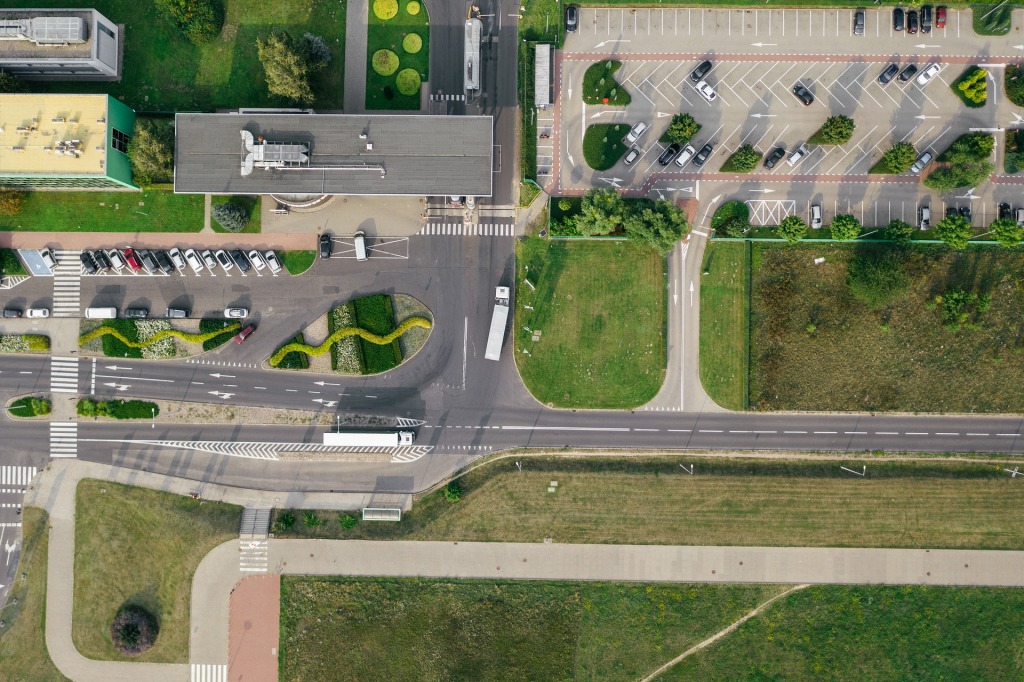n the first two decades of this millennium, advanced technology, new business models and dramatic changes in customer behavior changed the logistics industry, as well as most other industries. And they continue to change. Here i want to underline social trends and coming transformational changes in the logistics marketplace.
Logistics Marketplaces
Logistics marketplaces link shippers’ demand and carriers’ offerings into increasingly complex supply chain networks. Providers of these digital brokerage services offer a centralized marketplace to manage not only rates and delivery schedules, but also additional services such as shipment control and customs document management, providing customers with an enhanced and personalized digital experience.
Re-thinking packaging
With a global market size of nearly $1 trillion, packaging is a vital component of the logistics industry. The continued growth of e-commerce and the growing calls for greater sustainability are leading to creative and cost-effective new solutions with a focus on recyclability, reuse, composting and biodegradability. Innovation and technology will pave the way for better packaging tomorrow.
In 2022, the main challenge was the carton crisis after the global pandemic, when online order Growth was measured in triple digits and global carton production could no longer keep up with demand.
Sustainable Logistics
Environmental imbalances and increasing demand from customers and governments for sustainable solutions have created an urgent need for sustainable practices in supply chains, from raw material extraction to end-of-life product management. Together with optimized processes, zero-emission mobility and carbon offset solutions for businesses, this momentum will help the logistics industry become greener.
The sharing economy
Society’s shift from ownership to sharing goods, assets and services through digital platforms has been one of the most revolutionary trends of recent years. Logistics service providers can both facilitate and create these networks in workforce distribution, transportation, warehousing and on-demand fulfillment processes to achieve new levels of efficiency and value creation.

“Silver Economy”
As the world’s population ages rapidly, the logistics industry will need to adapt to the growth of the “silver economy,” offering new services to older customers and new opportunities for non-younger workers. The health and safety of the elderly will be a major theme as new technology helps expand and replace physical and cognitive tasks.
Fresh delivery
Food, grocery and pharmaceutical orders are driving growth in the production and delivery of temperature-controlled goods through standard networks, creating new challenges for temperature-compliant picking, packaging and transportation. To enable this fresh unit supply chain, the industry must develop and implement specific processes, innovative cold chain packaging and optimized infrastructure.
Multichannel Logistics
The next generation of omni-channel retailing – including the concepts of “webroom,” showrooming and queue-less commerce – requires logistics networks to not only be present, but to skillfully adapt to customer needs across all channels. Dynamic delivery, fulfillment and return options require seamless technology integration of data exchange and collaboration between manufacturers, retailers and logistics service providers. Given the current volume of online commerce, the issue of reverse logistics is already very pressing and requires a search for convenient and environmentally friendly solutions.

Mass personalization
Mass personalization refers to the offering of customized products or services to meet the needs of individual customers, produced and delivered with mass production efficiency. For logistics service providers, this trend will lead to increased demand in distribution centers for value-added services in consolidation, fulfillment, deferral and customization operations, as well as more critical last-mile services.
A New Generation of Security
As entire supply chains digitize and connect, vulnerabilities must be protected against the increasing likelihood of cyberattacks. In addition to long-established security best practices, supply chains in the future will also need to employ new intelligent technologies to ensure physical security and strengthen measures against the growing sophistication of counterfeiting and smuggling activities.
Smart Containerization
Global freight shipping has been revolutionized by the adoption of the standard container, and this has brought enormous improvements in efficiency and ease of trade. However, the growing need for volume flexibility and increasing time and cost pressures now demand new container formats and processes, especially in the context of common logistics networks and urban transportation.